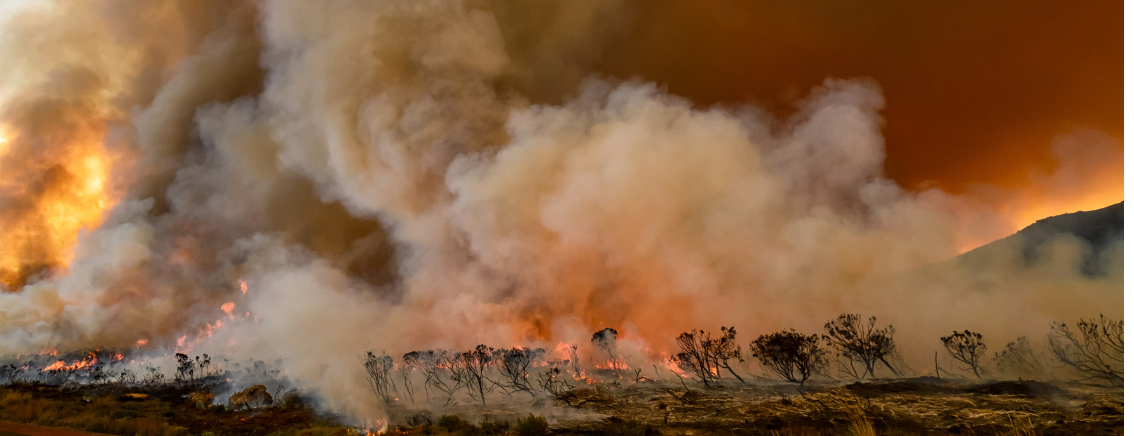
Originally Published June 8, 2023, EdWeek
Article Overview:
As smoke from Canadian wildfires drifts southward, enveloping parts of the United States and impacting air quality, schools face critical decisions to ensure children’s safety. With the increasing frequency of such events due to climate change, schools must adapt to protect students from wildfire haze and poor air quality.
Smoke from over 200 wildfires has spread across the Northeast, Midwest, and even as far south as Dallas, leading to record-breaking air quality alerts. Experts advise people, particularly those with lung or heart conditions, to stay indoors, wear masks when outside, and use air purifiers indoors. While the smoke is expected to dissipate, the growing intensity of wildfire seasons underscores the need for schools to address these challenges proactively.
Schools in regions less accustomed to poor air quality are adapting by moving recess indoors, canceling or postponing activities, and even transitioning to remote learning. These precautions are crucial because children, more vulnerable to air pollution than adults, can experience significant health impacts, including lung and brain development issues. The increasing prevalence of wildfire smoke emphasizes the importance of schools taking swift and serious action to protect the well-being of their students in an era of climate crisis.



